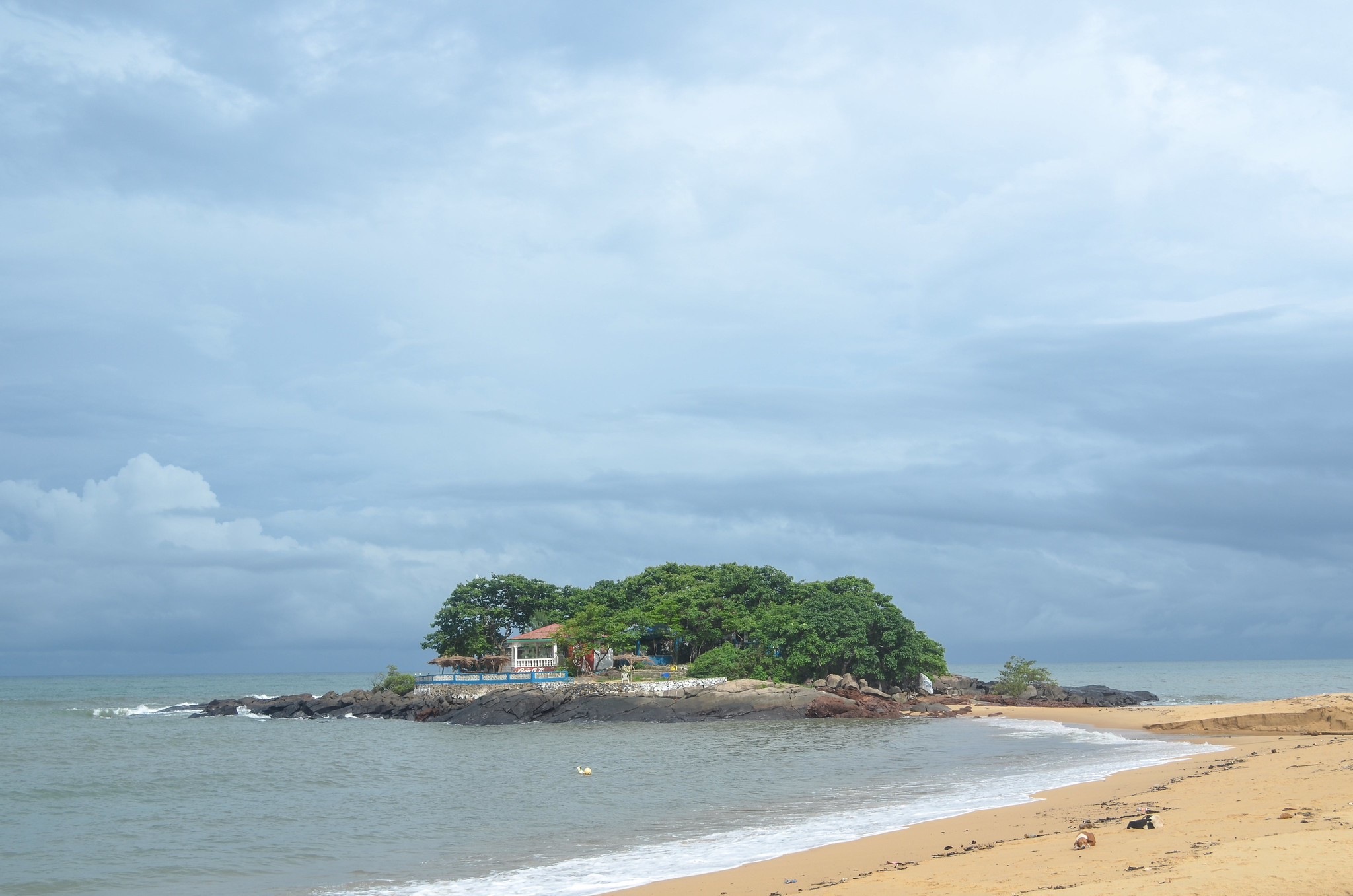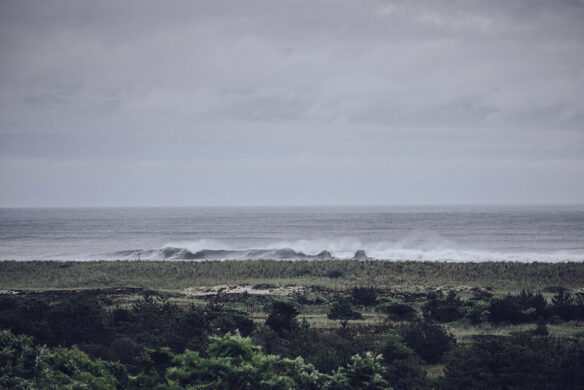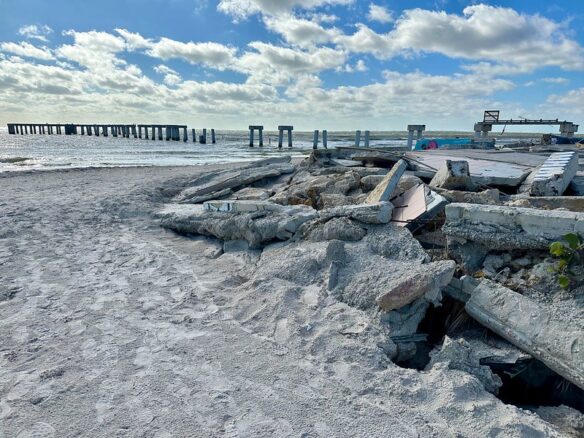Excerpt:
When 62-year-old fisherman Kpana Charlie has finished sorting through the day’s catch and patching up the holes in his nets, he likes to settle into a weathered wooden chair on his front porch and let his mind drift back to his childhood. Back then, his home on Sierra Leone’s Nyangai Island seemed like paradise.
He spent endless hours playing with his friends on the island’s dazzling white beaches or splashing about in the warm, green sea. He liked to kick around a soccer ball on the sports field in his village, and in mango season, he would shimmy up the trees to collect their bountiful fruit. Whenever he wanted to avoid having to do his homework, he could simply disappear into the dense forest that covered much of the island.
Today, Nyangai is disappearing before his very eyes, swallowed up by the relentless sea. As recently as ten years ago, it still measured some 2,300 feet from end to end. What’s left today is a patch of sand barely 300 feet long and 250 wide. The forests are gone, swamped by saltwater. The soccer field lies under water for 22 hours of the day. And the land on which Charlie’s family home once stood, the home he was born in, has long since vanished beneath the waves. In as little as two years, Charlie fears, Nyangai may no longer exist at all.
“It’s getting worse and worse,” says Charlie, a father of six who has lived in a makeshift home of sticks and tarpaulin since his previous home was washed away. “There’s nowhere to go to the toilet. There’s nowhere to be free. Whenever the water’s high the place floods all over. It never used to happen like this.”
With nearly a third of its population living in coastal areas, and its heavy reliance on subsistence agriculture and fishing, Sierra Leone has been identified as one of the world’s most vulnerable countries to the impacts of climate change, despite having contributed just a tiny fraction of global CO2 emissions. With a GDP per capita of barely $2,000, it is also one of the least prepared to deal with those impacts.
With global sea levels projected to rise by anywhere between 1 and 3 feet by the end of the century, along with an increase in extreme weather events, the experience of this West African island offers a glimpse into the possible fate of countless other low-lying areas around the world.
From shifting sands to torrential floods
From his office in the capital, Freetown, Gabriel Kpaka, the head of operations for the country’s Meteorological Agency, says the reason for Nyangai’s troubles is clear.
“We’re seeing significant sea-level rise and these people don’t have any proper defenses,” he says. “All they have is sandbags. If we don’t act now the impacts on people are just going to get worse…”
Rising seas and climate aid in Sierra Leone
– Mongabay (12-15-2022)
Mongabay’s Ashoka Mukpo visited the Sherbro estuary, a sprawling riverine ecosystem of mangroves among coastal fishing villages on the coast of Sierra Leone in April of this year. It is suffering the impacts of climate change, much like other coastal communities in West Africa…









